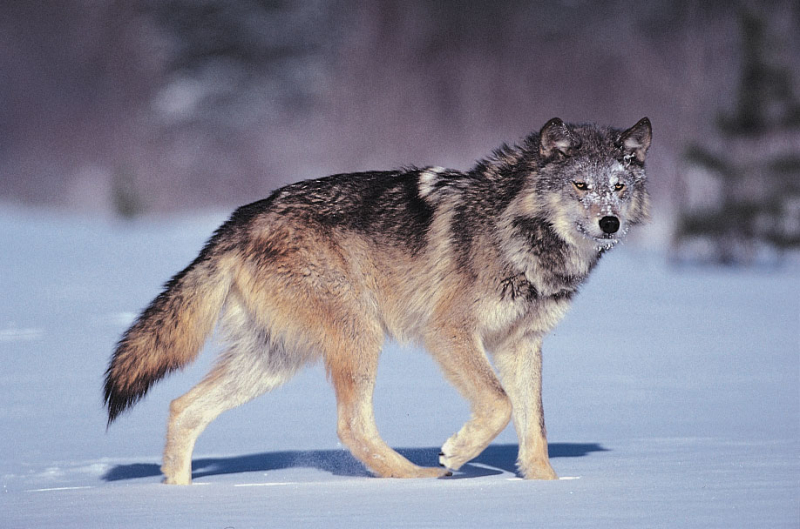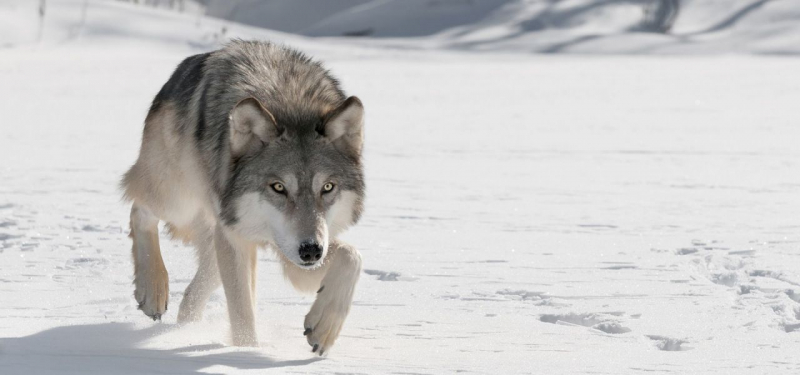The gray wolf
Large dogs that are native to Eurasia and North America include the gray wolf and grey wolf. There are more than thirty different subspecies of Canis lupus, and gray wolves, as they are commonly known, are one of the wild subspecies. The wolf is the canidae family's largest living member. It can also be identified from other Canis species by its longer tail and shorter, less pointed ears and muzzle. Despite this, the wolf is sufficiently related to lesser Canis species, such as the coyote and golden jackal, to create fruitful hybrids with them. A wolf's banded fur is typically a mottled mixture of white, brown, gray, and black, however, polar subspecies can have practically entirely white fur.
Gray wolves, which once roamed the Sierra Nevada region of California, were exterminated. There have been reports of gray wolves in California as late as 2011, thanks to protection initiatives like the California Wolf Center and natural growth. The population is expected to increase.
The endangered Northern Rocky Mountains wolf (Canis l. irremotus) and Mexican wolf can both be found in California. Wolves are destructive to cattle and may attack people in untamed settings, but they are necessary for balanced and healthy ecology. Gray wolf males are also among the best animal fathers.










